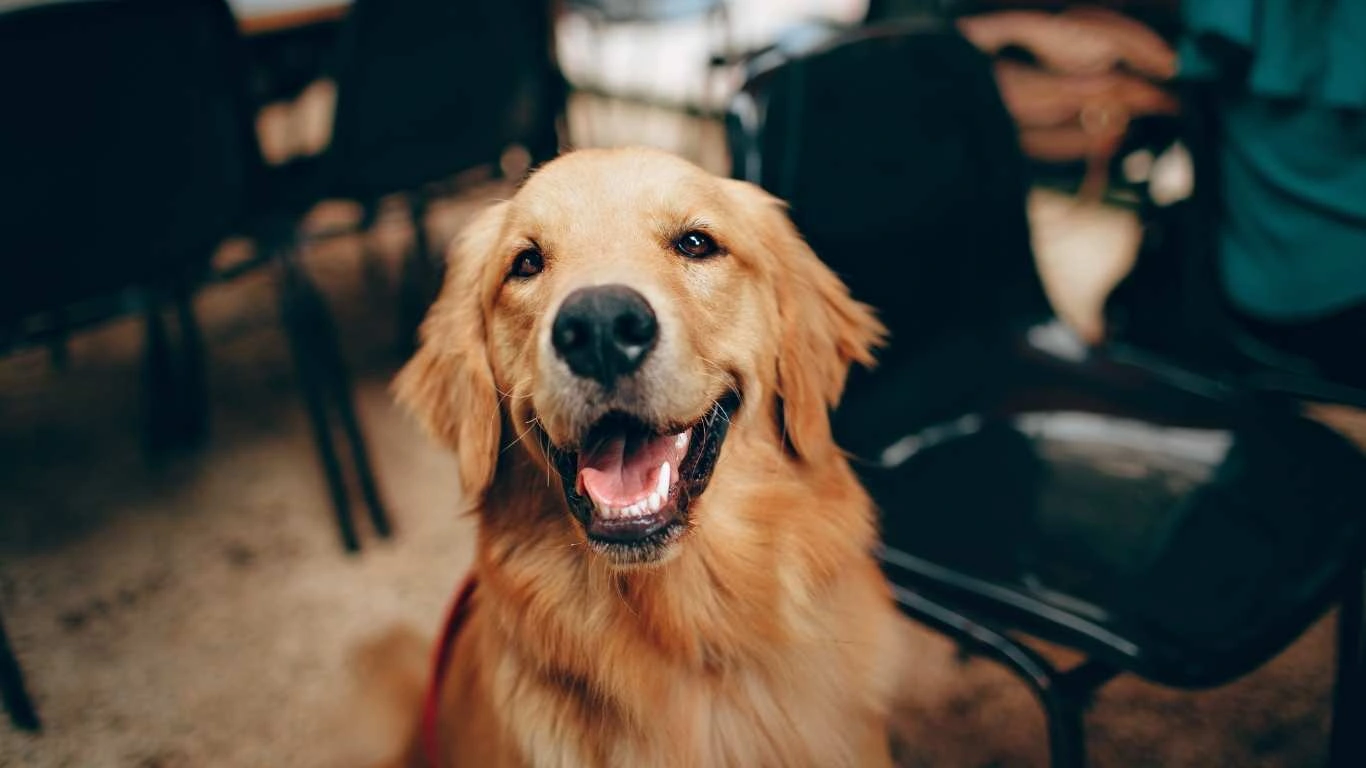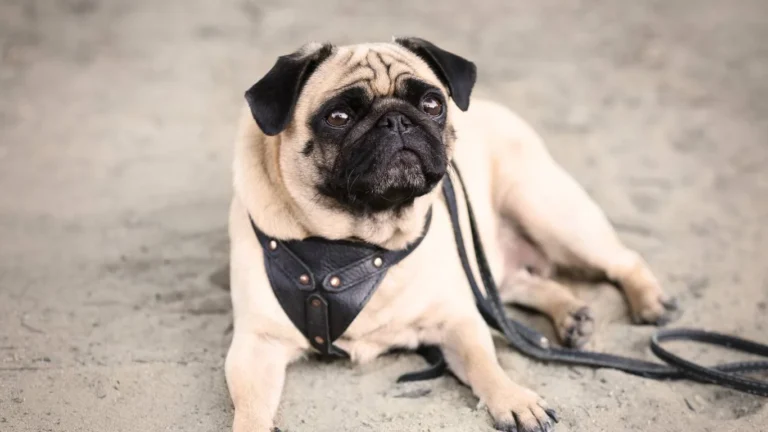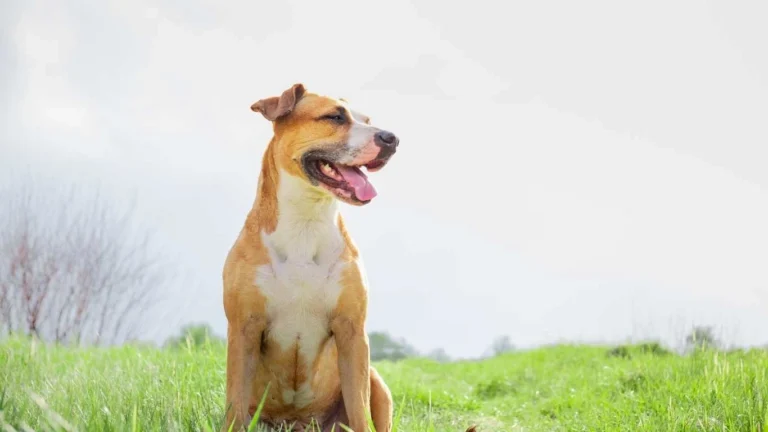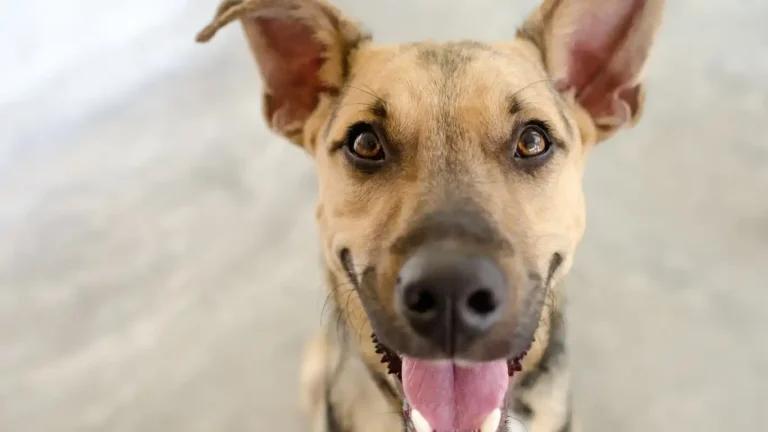Best Low-Fat Dog Meals That Improve Health and Prevent Weight Gain
If you’ve been wondering how to make low-fat meals for dogs, you’re not alone. As someone who’s spent years as an Animal Care Specialist working closely with pups in both pet clinics and shelters, I’ve met so many pet parents who want to feed their dogs better—especially when dealing with weight issues, pancreatitis, or just general health concerns. The thing is, not all dogs can—or should—be eating high-fat commercial food. And yet, when you check those ingredient labels, it’s like a fat party no one was invited to. That’s where homemade, low-fat meals can be a game-changer. Trust me, your pup’s tail-wagging gratitude says it all.
Why Low-Fat Meals Matter for Dogs

One thing I learned early in my career is that dogs aren’t all that different from us when it comes to nutrition. Too much fat in their diet can lead to all sorts of problems—think obesity, joint stress, pancreatitis, and even diabetes. I’ve treated dogs that came into the clinic barely moving due to weight gain or digestive issues. After a few months of a low-fat, whole-food diet, they were practically doing zoomies in the exam room. It’s honestly the best kind of transformation.
But here’s the kicker—not all fats are bad. Dogs still need healthy fats for skin, coat, and brain function. The trick is finding the right balance, and that starts with knowing what goes into their bowl.
Signs Your Dog May Need a Low-Fat Diet
Let me break this down based on what I’ve seen in both clinic and shelter settings. These are common signs that your pup might benefit from a switch to lower-fat meals:
- Unexpected weight gain or difficulty losing weight
- Frequent vomiting or diarrhea
- History of pancreatitis
- Lethargy or decreased energy
- Greasy or flaky skin
If any of these sound familiar, it’s worth chatting with your vet. But even for generally healthy dogs, low-fat meals can be a smart preventive step—especially for breeds prone to certain conditions (I’m looking at you, Schnauzers and Cocker Spaniels!).
Getting Started with Homemade Low-Fat Dog Meals
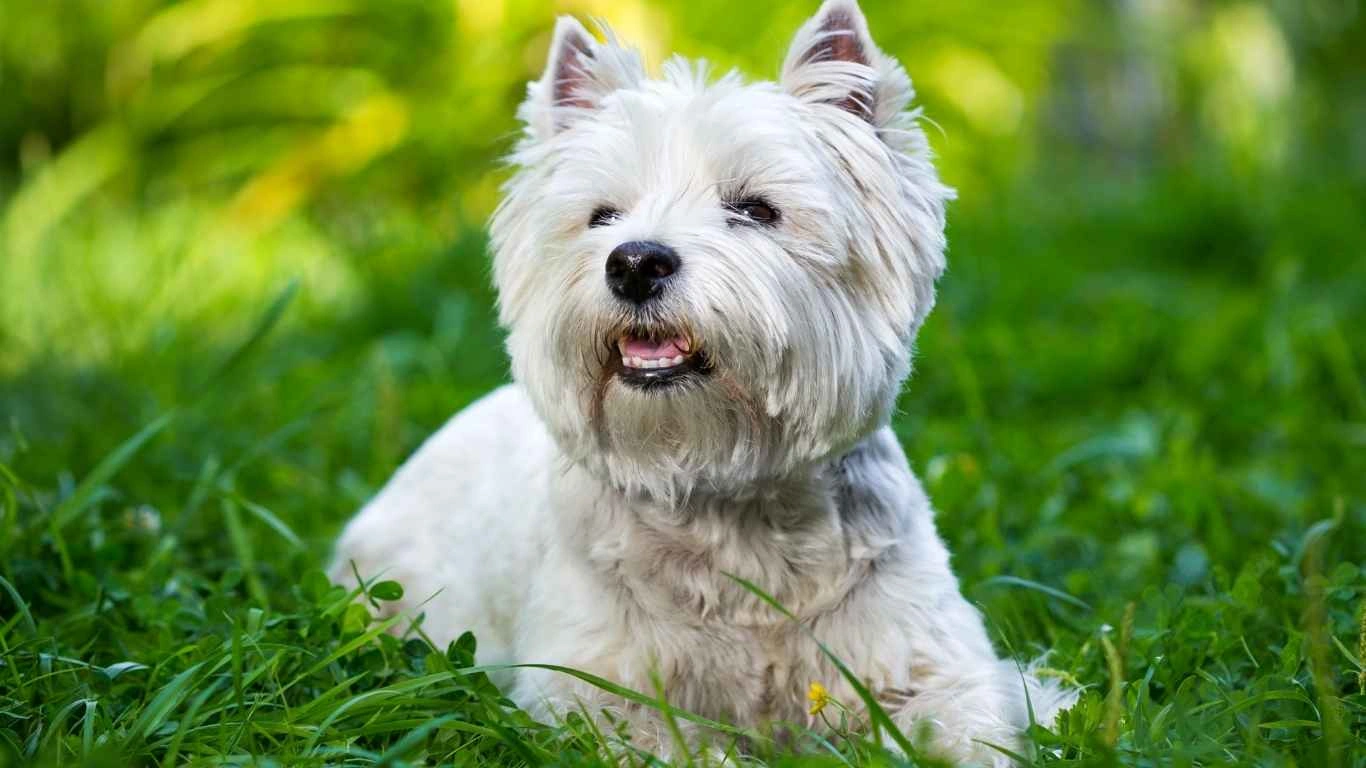
I know the idea of home-cooking for your dog sounds intimidating, but it doesn’t have to be complicated or time-consuming. You don’t need to be a pet nutritionist or spend hours in the kitchen. Think of it like meal prepping for your furry roommate who just happens to drool a bit more.
Here’s what I usually tell folks who are just getting started:
- Stick to whole, simple ingredients. Think lean proteins, veggies, and gentle grains. More on this below.
- Avoid common high-fat culprits. That includes cheese, fatty cuts of meat, skin-on poultry, and anything fried.
- Balance matters. You’ll want to ensure your dog’s meals are nutritionally complete, so working with your vet or a canine nutritionist is a good call once you get the basics down.
Ingredients I Personally Recommend
These are my go-tos, especially for dogs that need something easy on the stomach and low in fat:
- Lean ground turkey or chicken (no skin) – Easily digestible and versatile
- Pumpkin (plain, canned) – Great for digestion and dogs love it
- White rice or quinoa – Gentle on the gut and helps bulk up meals
- Green beans and carrots – Low-cal and high fiber
- Low-fat cottage cheese (optional) – Offers a calcium boost in small doses
I’ve cooked meals like this for dogs recovering from GI issues and for seniors who needed lighter food. One little senior Chihuahua named Bambi (yes, really) refused to eat her kibble, but devoured my home-cooked turkey and veggie mix like it was a Michelin-star dish. Total win.
How to Make Low-Fat Meals for Dogs That They’ll Actually Eat
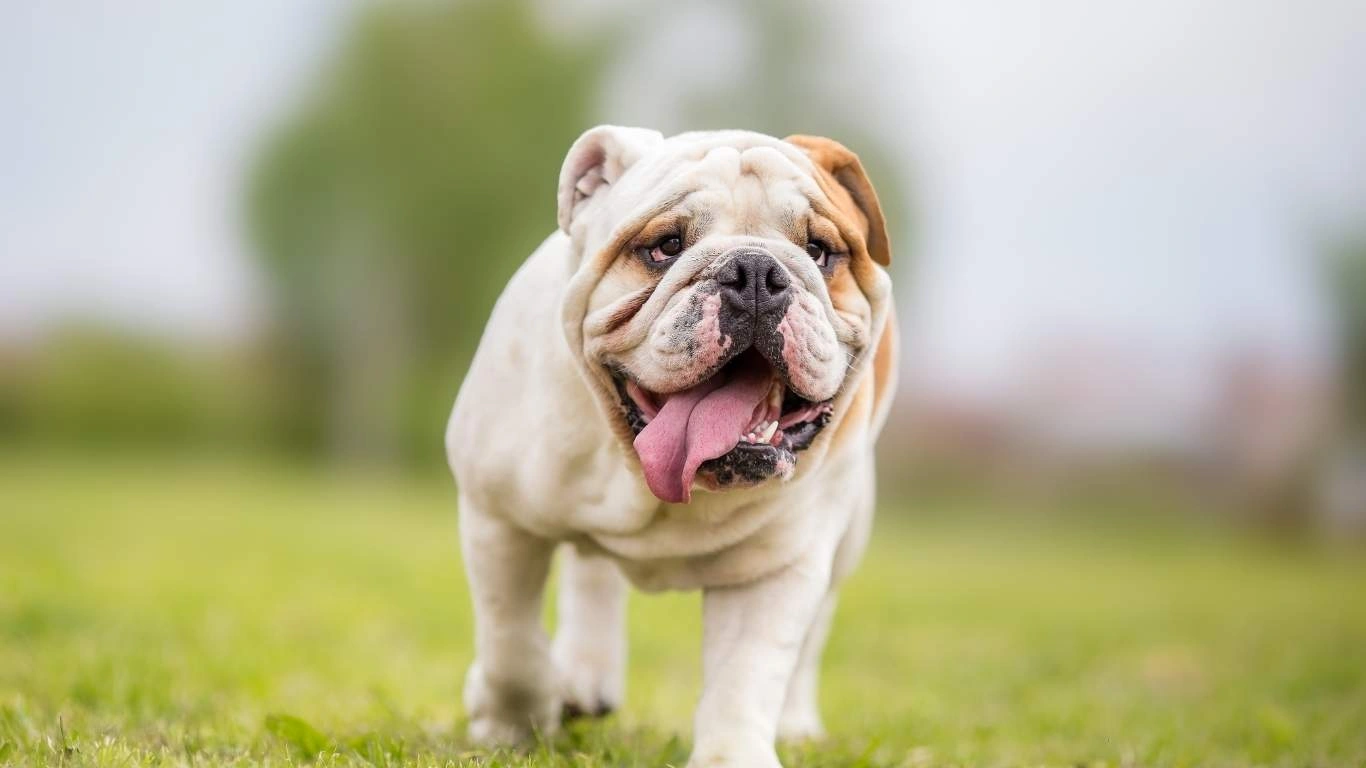
Let’s be real—what good is a healthy meal if your dog sniffs it once and walks away like you just offered him kale chips? Picky eaters are real, and I’ve met plenty of them. The trick is finding the flavors and textures your dog loves while keeping things healthy. Adding a bit of low-sodium bone broth or gently warming the food can boost aroma and make a big difference.
When I worked in shelters, we often used warm homemade blends to tempt dogs who were stressed or recovering from illness. I still remember this shy Shepherd mix, Max, who hadn’t touched his bowl in days. One warm bowl of lean turkey with rice and he was licking it clean in minutes. It’s small wins like that that make you realize food is more than just fuel—it’s comfort.
Simple Low-Fat Dog Meal Recipes You Can Try at Home

Alright, let’s talk recipes. You don’t need to be a chef or have fancy tools to whip up something nourishing. I’ve found that keeping it simple not only saves time, but it also makes it easier to spot how your dog reacts to individual ingredients. In the shelter, we had to do this often—especially with sensitive-stomach cases or post-surgery pups. A bland but balanced meal can work miracles.
Recipe 1: Turkey & Pumpkin Comfort Bowl
- 1 cup lean ground turkey (cooked, no seasoning)
- 1/2 cup cooked white rice
- 1/4 cup plain canned pumpkin (not pumpkin pie filling!)
- Optional: 1 tsp flaxseed or a splash of low-sodium bone broth
Instructions: Cook turkey in a non-stick pan until fully done. Mix with cooked rice and pumpkin. Add broth if your dog prefers wetter food. Let cool before serving.
This recipe is a hit with dogs who need something easy on the belly. I remember a Dachshund named Toby who had been battling some nasty pancreatitis flare-ups. After switching to this meal (with vet approval, of course), his episodes became way less frequent. And his energy? Totally back.
Recipe 2: Chicken & Veggie Grain Bowl
- 1 cup shredded boiled chicken breast
- 1/2 cup cooked quinoa
- 1/2 cup steamed green beans and diced carrots
- Optional: sprinkle of parsley for digestion support
Just toss everything together once it’s all cooked and cooled. This combo smells amazing and gets tails wagging fast. I used to batch-cook this for our clinic’s foster dogs—it stores well in the fridge for up to 3 days, which made meal time a breeze.
How to Transition Your Dog to a Low-Fat Diet Safely
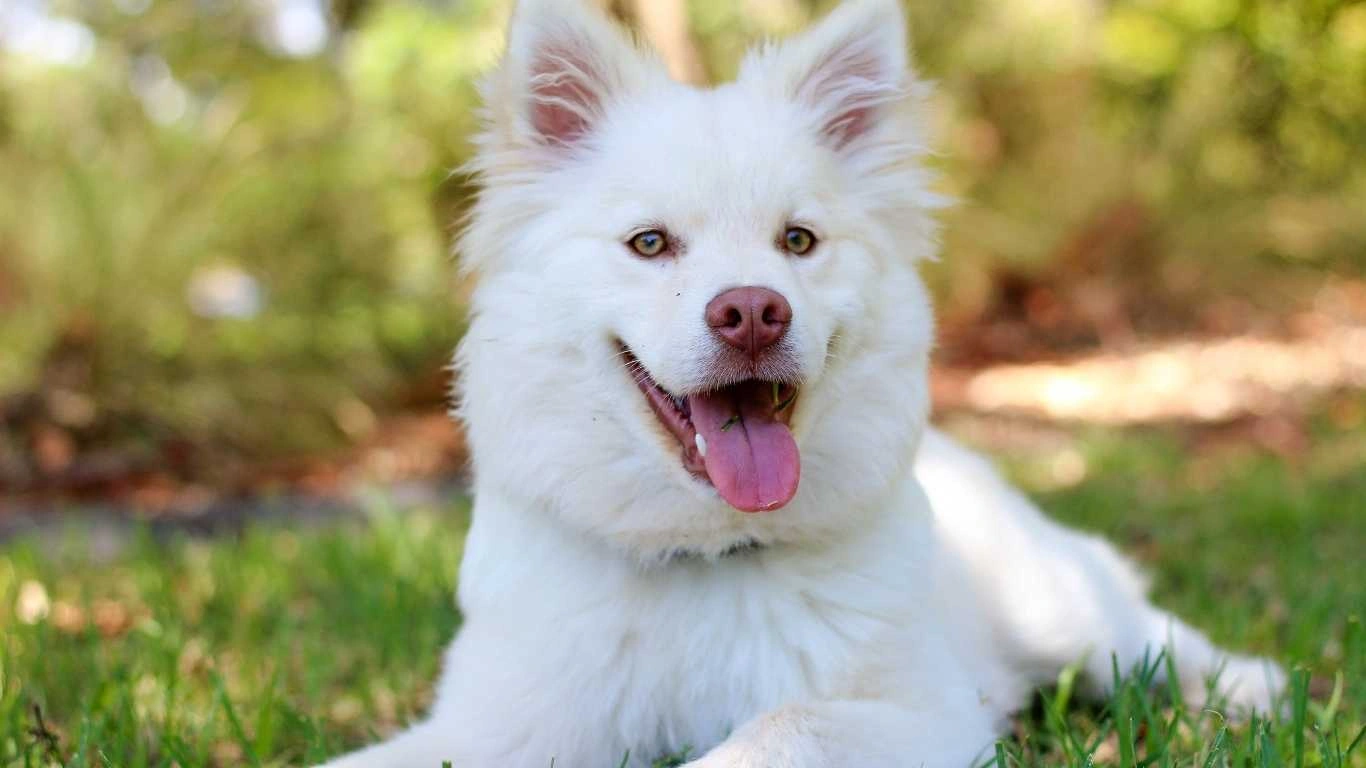
If there’s one thing I’ve learned, it’s this—never rush a diet change, no matter how excited you are to start feeding your dog healthier meals. Canines have sensitive digestive systems, and sudden shifts can lead to tummy troubles.
Follow this gradual plan to avoid upsets:
- Day 1-2: Mix 75% of your dog’s current food with 25% homemade low-fat meal.
- Day 3-4: Switch to 50/50 mix.
- Day 5-6: Move to 75% homemade, 25% old food.
- Day 7: Full homemade diet (if no digestive issues show up).
Keep an eye on your dog’s stool, energy level, and appetite during this period. If anything seems off, go back a step and give it more time. When I transitioned a senior Beagle with chronic GI problems, we stuck at the 50/50 mark for nearly two weeks before she was ready for the full change. Patience paid off though—her bloating disappeared and her coat looked noticeably better.
Tips for Making Low-Fat Dog Meals a Long-Term Habit

Now that you’ve dipped your paws into home-cooked, low-fat meals, the key is consistency without burnout. I’ve been there—working full-time at a clinic, juggling pet patients, and still trying to cook for my own dogs. It’s doable, I promise. Here’s how I manage it, and how you can too:
1. Meal Prep Like a Pro
Just like we prep our own food in batches, the same works for dogs. I usually cook 3-4 days’ worth in one go, store it in air-tight containers, and freeze individual portions if needed. Saves me from last-minute panic when I’m low on time (which, let’s be real, is often).
2. Use a Basic Nutrient Supplement
Even the most well-intentioned meals can fall short in micronutrients. I always recommend chatting with your vet about adding a canine multivitamin or calcium supplement. In my shelter days, we used a trusted brand that helped ensure our DIY meals met AAFCO guidelines, especially for growing puppies or seniors.
3. Rotate Ingredients to Keep It Interesting
Dogs can get bored with food too! Try swapping quinoa for brown rice, or adding steamed zucchini instead of carrots. Just avoid high-fat foods and toxic ones like onions, garlic, and avocado. If your dog suddenly turns their nose up, it’s often just a flavor fatigue thing. A tiny tweak usually gets them back on board.
4. Keep Notes on What Works
I’ve got a little notepad where I jot down meal combos that were a hit—or ones that caused tummy grumbles. It’s super handy when you’re trying new things or if you have a multi-dog household with different dietary needs. Plus, it helps a ton when communicating with your vet.
Low-fat meals are more than just a “special diet”—they’re a loving way to support your dog’s well-being for the long haul. And with a bit of planning and some trial and error, it becomes second nature. If you’re anything like me, once you see the difference in your pup’s energy, weight, and overall mood, you won’t want to go back to mystery-kibble ever again.
Common Mistakes to Avoid When Making Low-Fat Meals for Dogs

Alright, before you go all-in on the homemade route, let’s talk about some of the pitfalls I’ve seen over the years—both in my clinic work and with well-meaning pet parents at home. It’s easy to assume that if something’s healthy for humans, it must be good for dogs too. But dogs are their own species with unique nutritional needs, and they can’t live on salads and intentions alone.
Here are a few things I see far too often:
1. Skipping Essential Nutrients
Just because a meal is low in fat doesn’t mean it’s complete. I’ve met many clients who feed plain chicken and rice for weeks thinking it’s a safe long-term option. That’s okay for a few days during a tummy recovery, but beyond that, it lacks calcium, essential fatty acids, and other vital nutrients. Make sure you’re adding balance—whether through supplements or rotation of varied, nutrient-dense ingredients.
2. Using Unsafe Ingredients
This one breaks my heart when I see it, especially in rescues. Onions, garlic, raisins, grapes, avocado, and high-sodium broths are all big no-no’s for dogs. Even small amounts can cause serious issues. I once had to treat a Labrador who got into a “homemade meal” laced with garlic powder—his kidneys took a hit, and recovery wasn’t pretty. Always double-check unfamiliar ingredients before tossing them into your dog’s bowl.
3. Feeding Portions Based on Guesswork
Every dog is different. A 60-pound Shepherd mix doesn’t have the same calorie needs as a 15-pound Shih Tzu. One of the best things you can do? Weigh your dog’s meals and monitor their weight every couple of weeks. I use a basic kitchen scale for portions and tweak as needed based on activity levels and age. This keeps everything dialed in without playing calorie roulette.
Maintaining Variety Without Losing the Low-Fat Focus
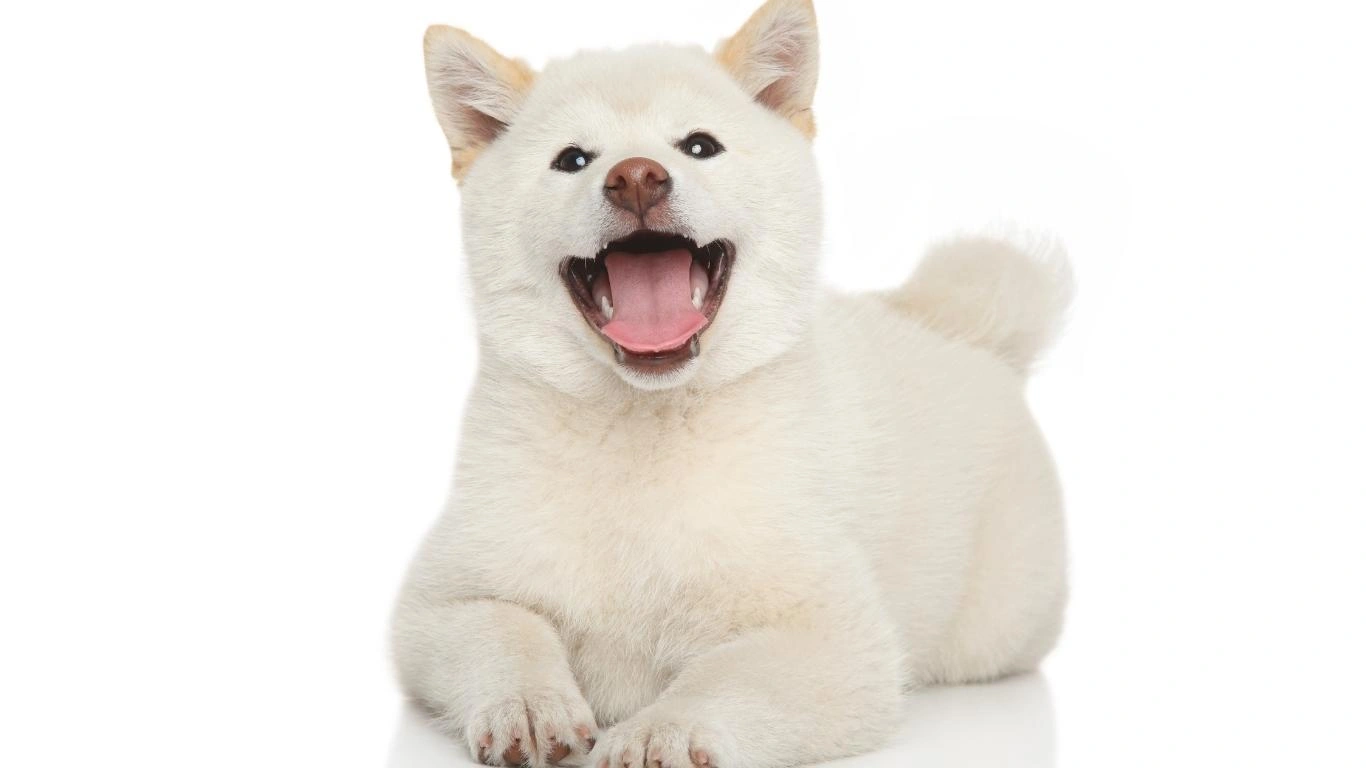
We all get into food ruts (guilty as charged), and dogs are no different. So how do we keep things interesting while still sticking to a low-fat meal plan for dogs? The answer: rotate smartly. I usually prep 2–3 types of proteins in a week and pair them with different veggies and grains. Keeps my pups from getting bored and helps ensure a wider range of nutrients.
Safe Low-Fat Protein Swaps:
- Lean turkey – classic and easy to digest
- White fish (like cod or tilapia) – great for skin health
- Boiled egg whites – protein-packed and fat-light
- Low-fat cottage cheese (in small doses)
Veggie Ideas for Variety:
- Steamed broccoli (in moderation)
- Green peas
- Chopped spinach (lightly steamed)
- Zucchini or squash
Pro tip: Mix and match in small batches. I like freezing individual servings with different combos so I can just thaw, warm slightly, and serve. Makes mealtime less of a chore and more of a tail-wagging celebration.
How to Know Your Low-Fat Diet Is Working
This is the exciting part! When you’re consistently serving your pup balanced low-fat meals, changes start to happen—and they’re not just physical. I’ve seen dogs transform not just in weight, but in personality. A few signs you’re on the right track:
- More energy and alertness
- Better digestion (less gas, firmer stools)
- Shinier coat and healthier skin
- Stabilized weight and body condition
- Improved mood and appetite
When I switched my own Aussie mix to a lower-fat meal plan after he started getting chunky in his middle age, not only did his vet give me the thumbs-up, but his agility bounced back—and so did his zoomies. Honestly, it felt like he got years back on his life.
Final Thoughts: Making Low-Fat Dog Meals a Lifestyle, Not a Fad
If there’s one thing I want to leave you with, it’s this—cooking low-fat meals for dogs isn’t just about weight loss. It’s about promoting a longer, healthier, more vibrant life. It doesn’t have to be perfect, and it doesn’t have to be gourmet. Just real, whole ingredients served with intention and love. And believe me, dogs notice the difference.
Whether you’re managing a health condition, trying to shed a few pounds from your pup, or simply want more control over what they’re eating, a low-fat approach is worth the effort. Your dog’s body (and tail) will thank you.
Helpful Resources & References:
- American Veterinary Medical Association (AVMA)
- American Gastroenterological Association
- PetMD – Nutrition & Diet Articles
- World Small Animal Veterinary Association (WSAVA)
Disclaimer: This article is based on my personal experience as an Animal Care Specialist and is intended for informational purposes only. Always consult your veterinarian before making any significant changes to your dog’s diet, especially if your pup has health conditions or is on medication.
